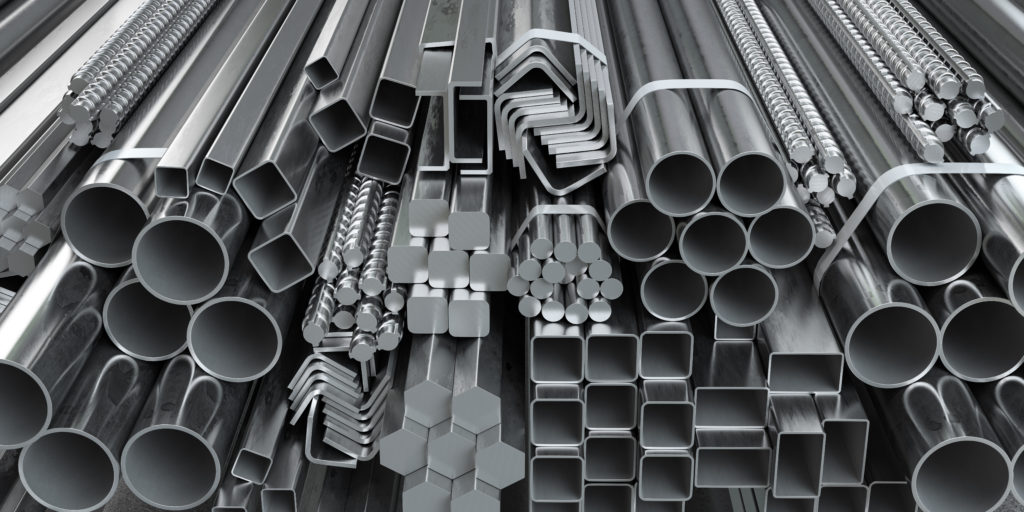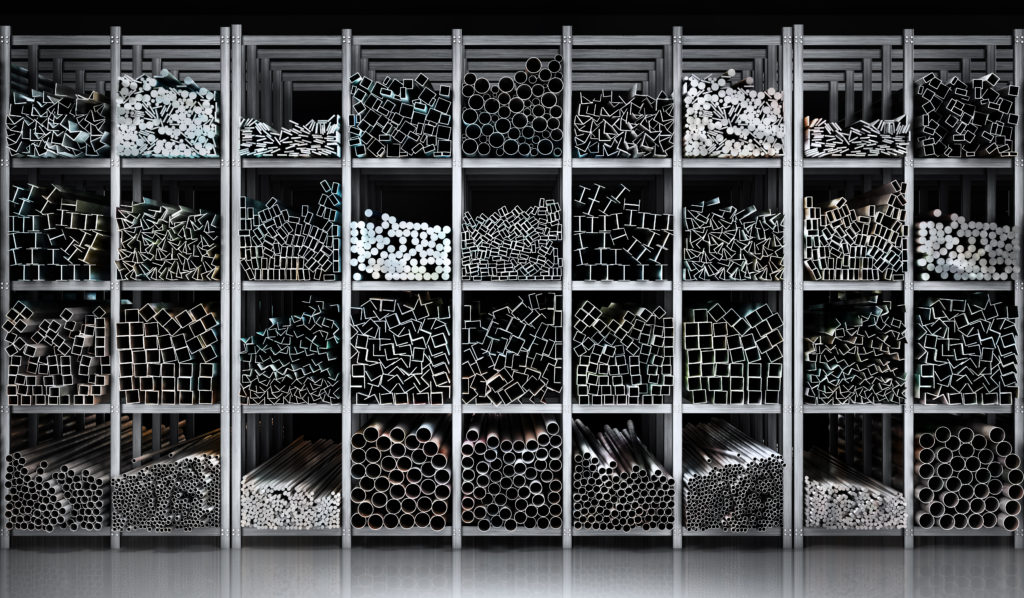
Stainless steel is a common material that we see everywhere in items ranging from manufacturing equipment to household appliances. Stainless steel stock is essential to many businesses and industries. But what exactly is stainless steel? And what makes it stainless? If you’ve ever wondered what makes stainless steel stainless, you’re asking the right people. At Alliant Metals, stainless steel is what we do, and we have the answers to your questions.
First things first: let’s start with steel in general. Many naturally occurring elements are not as useful as we would like them to be in their pure form. Iron is one of these elements. Its atomic structure makes it soft and weak. But by combining it with other elements, like carbon, we can enhance iron’s properties and make it strong and durable.
Combining carbon and iron forms carbon steel, which is much stronger than iron on its own, but it is still susceptible to corrosion and oxidation. To prevent steel from deteriorating, we need to add another element to the mix: chromium.

Before we get into why chromium is so important to stainless steel, let’s talk about rust. Rust is what forms when iron reacts with oxygen. Oxygen is one of the most reactive elements and will form new chemical compounds with anything that will bond with it. Unless carbon steel is galvanized or treated with some kind of coating, it will rust fairly quickly.
Because oxygen reacts with pretty much everything, the trick is to find an element that will react with it before iron does. Enter chromium. The chromium in stainless steel reacts with the oxygen in its environment to form a passive layer that prevents the oxygen from further permeating the stainless steel. Stainless steel is not as strong as carbon steel, but its resistance to corrosion means that it is ideal for objects that are in constant contact with water or have to function in damp or humid environments. Chromium is also what gives stainless steel its distinctive shine, making it look stainless.
